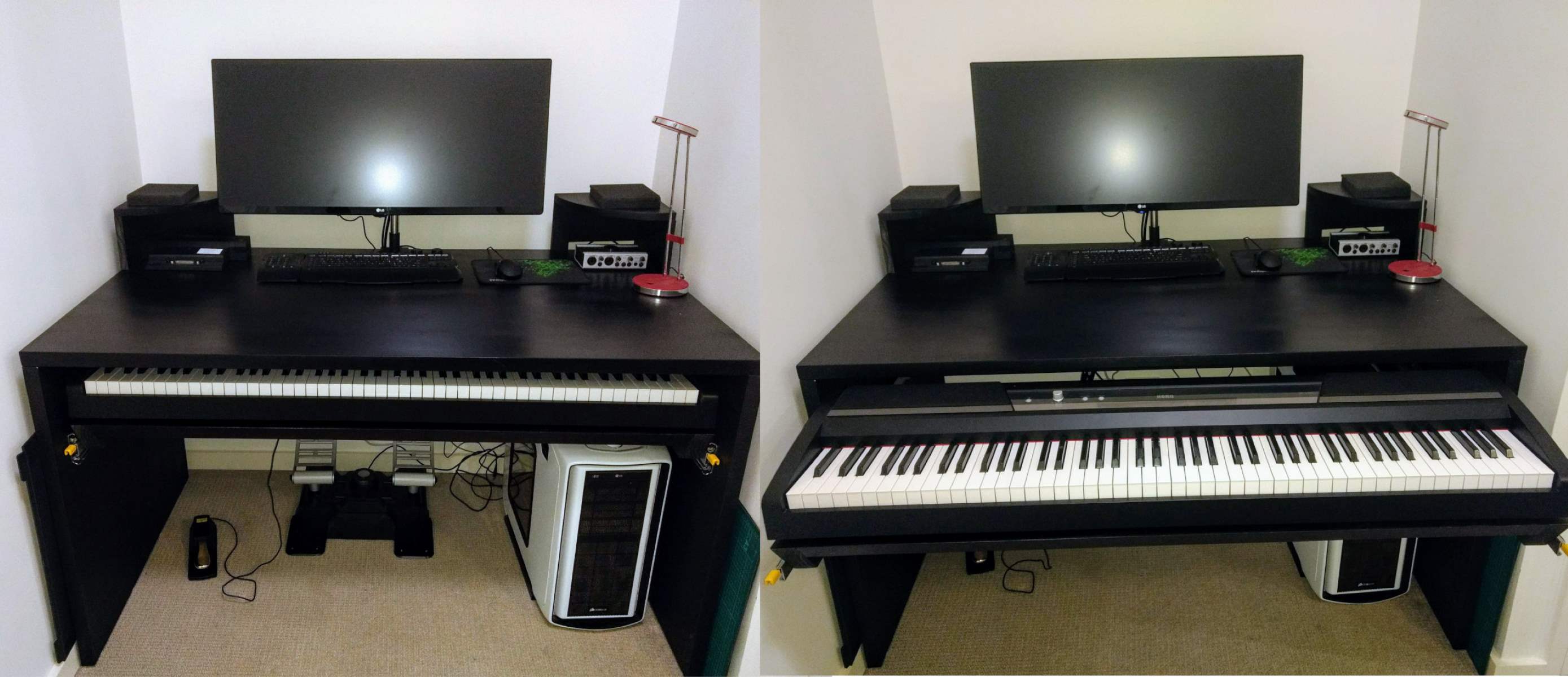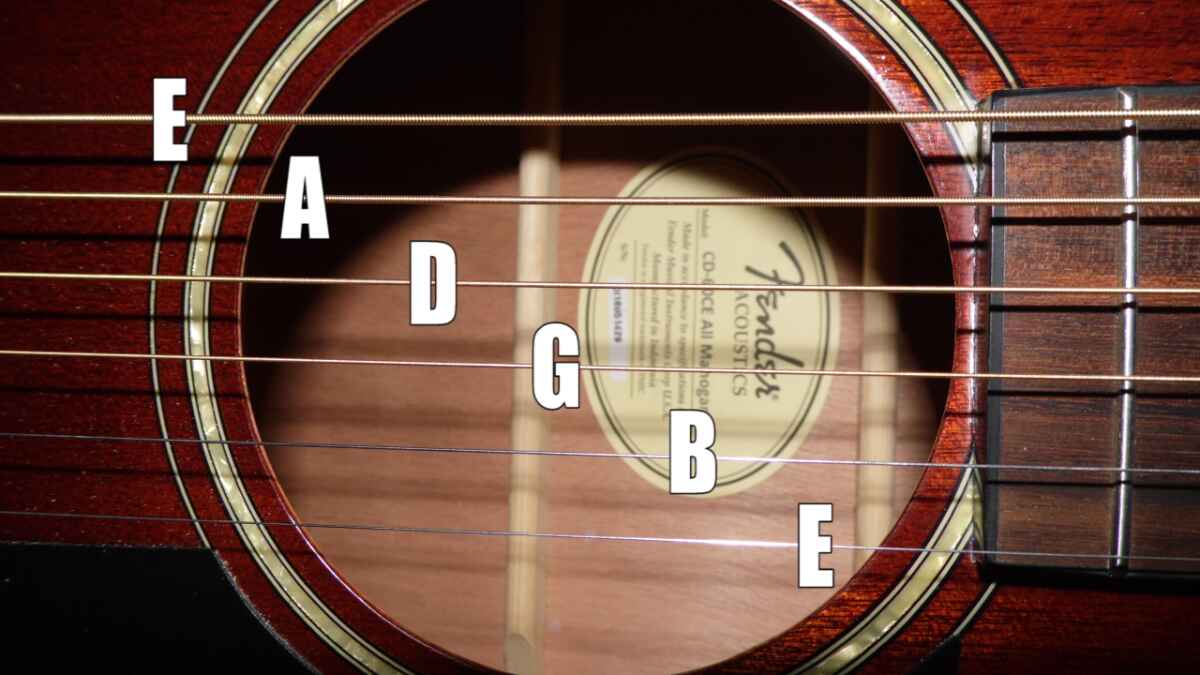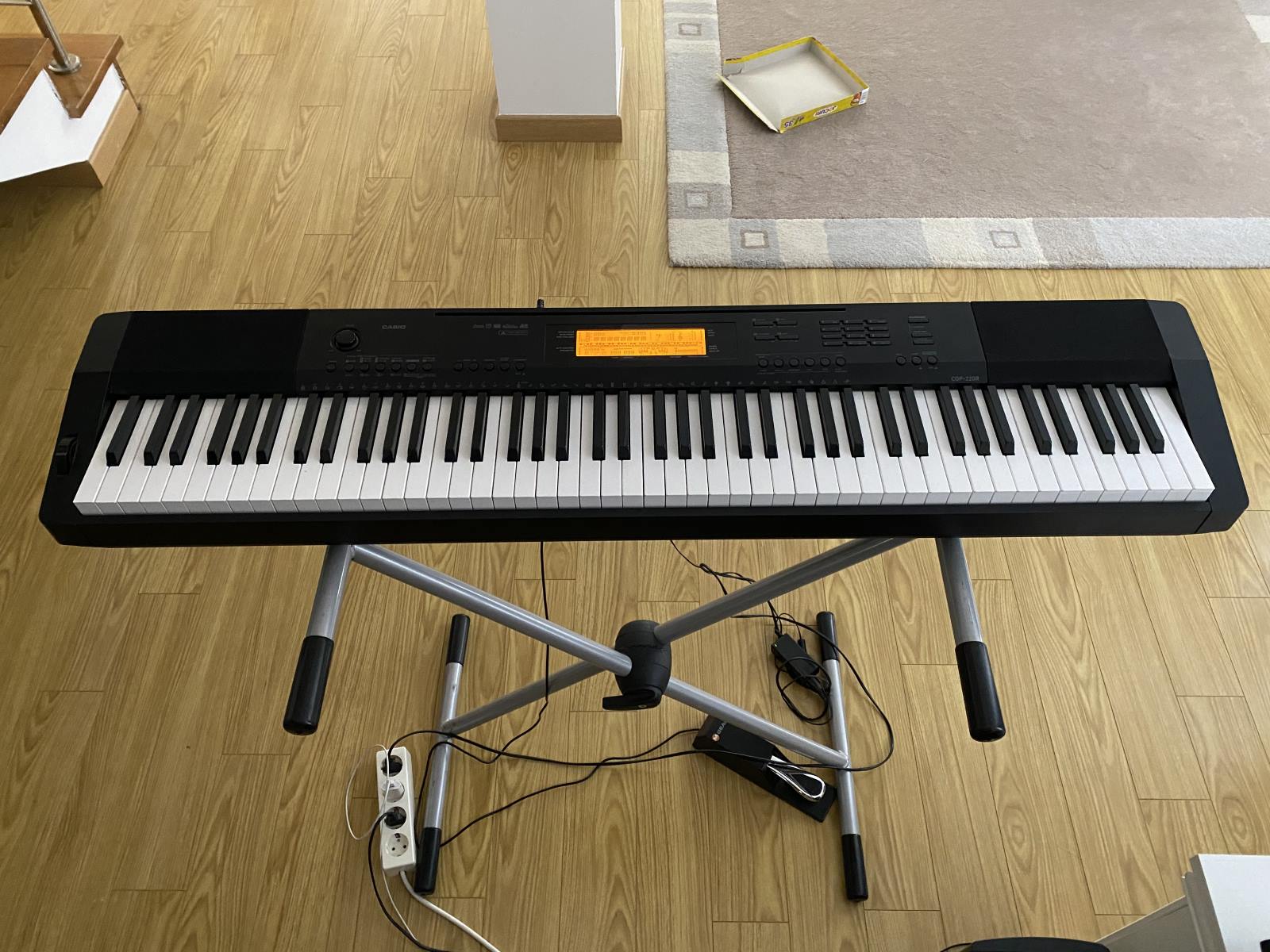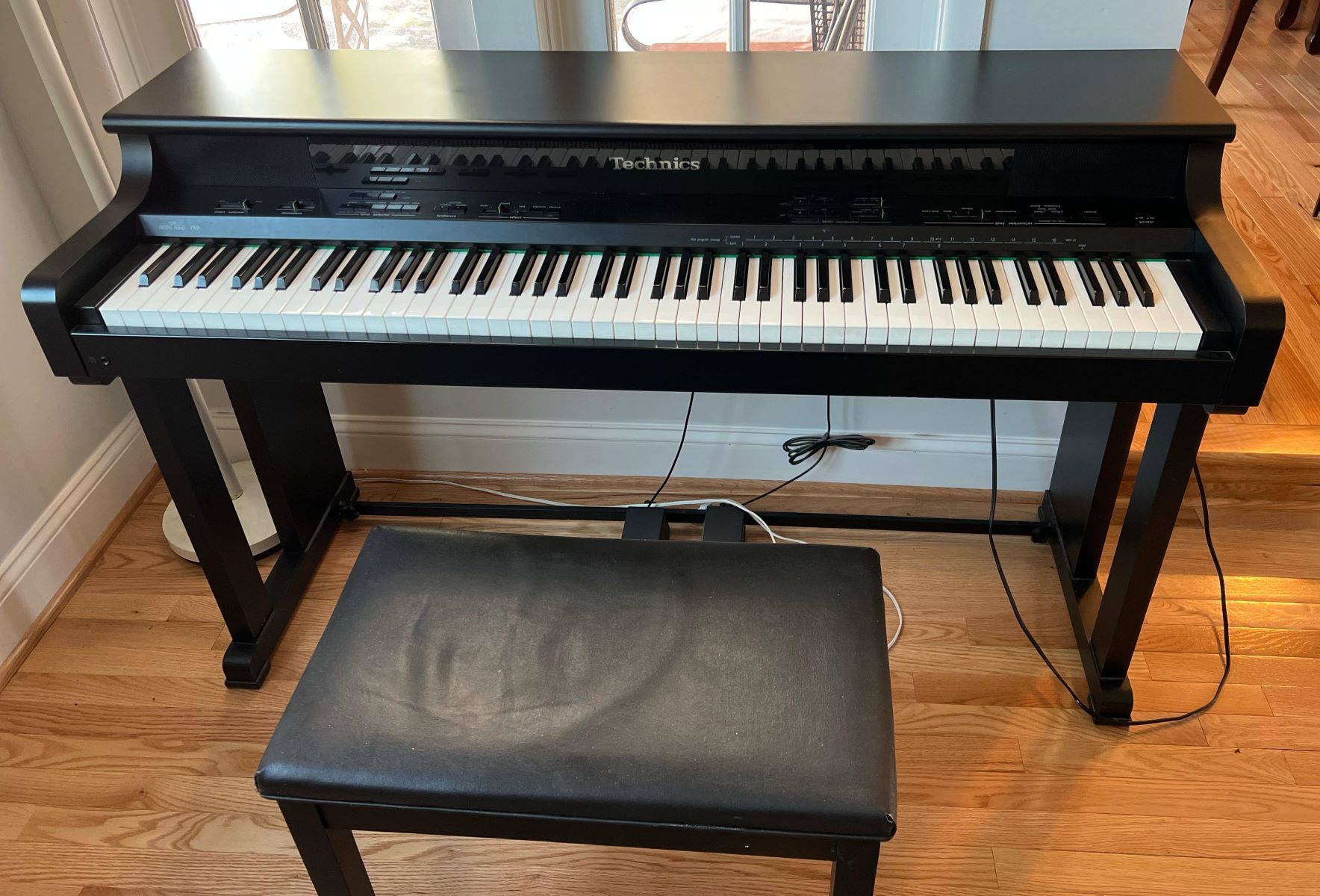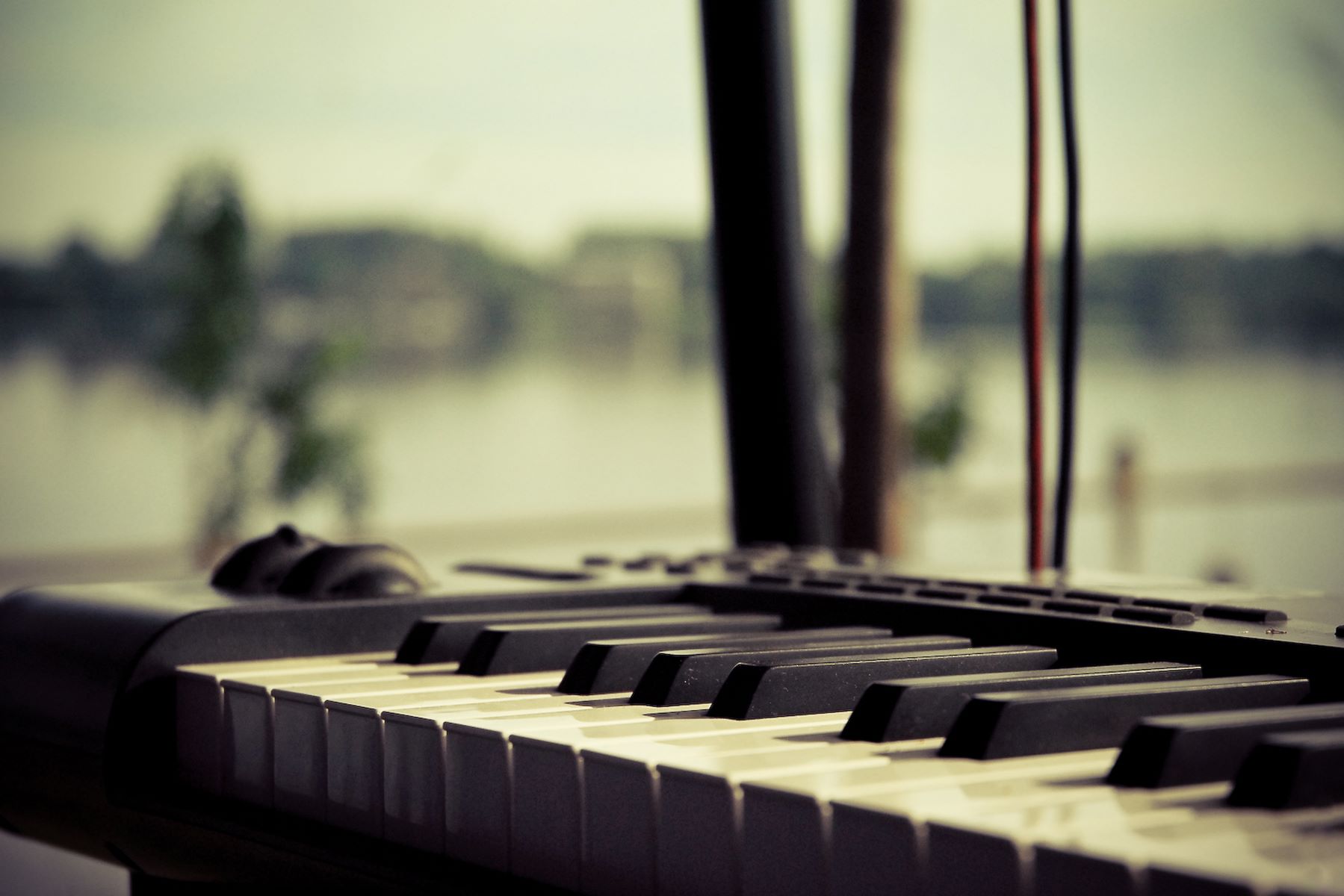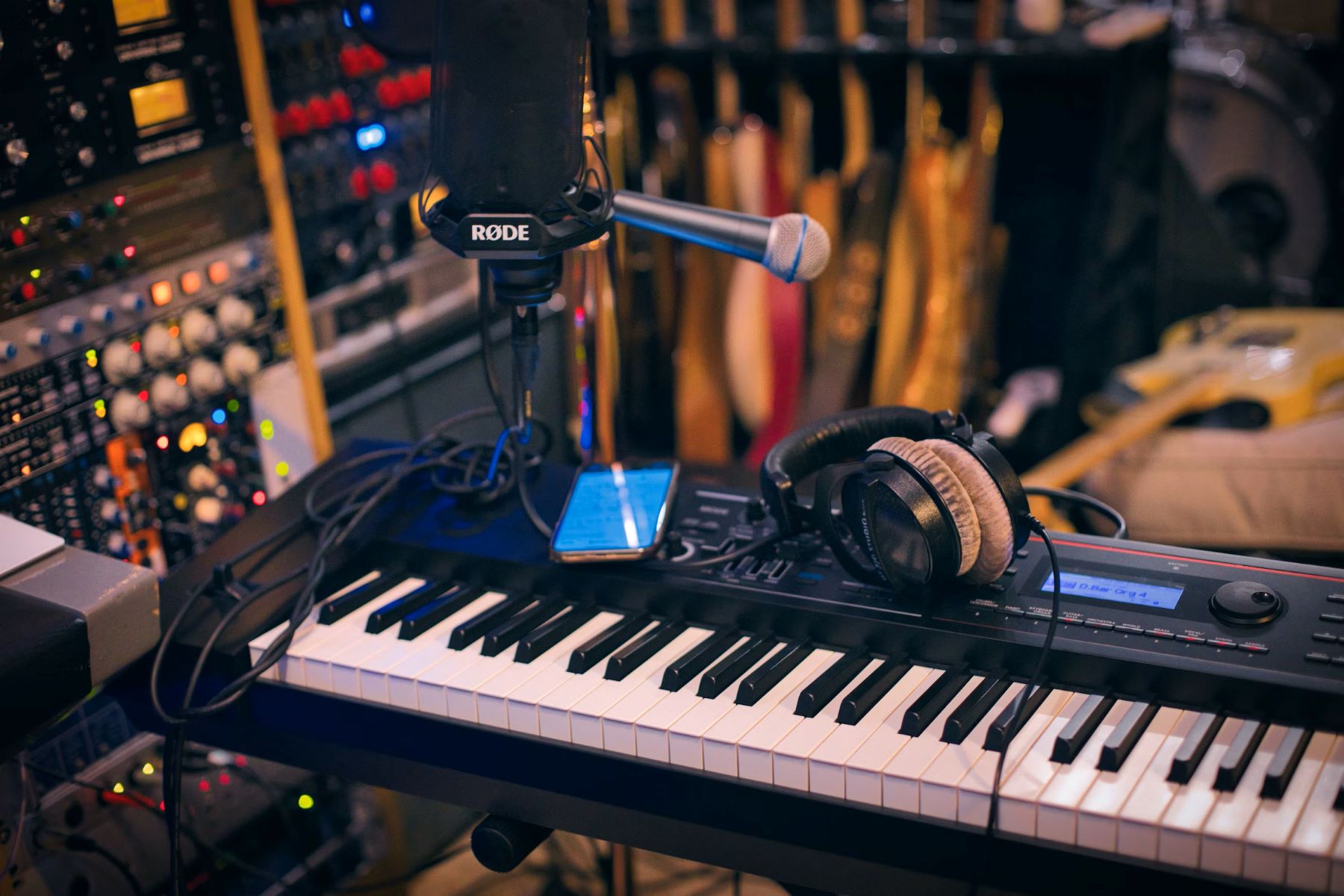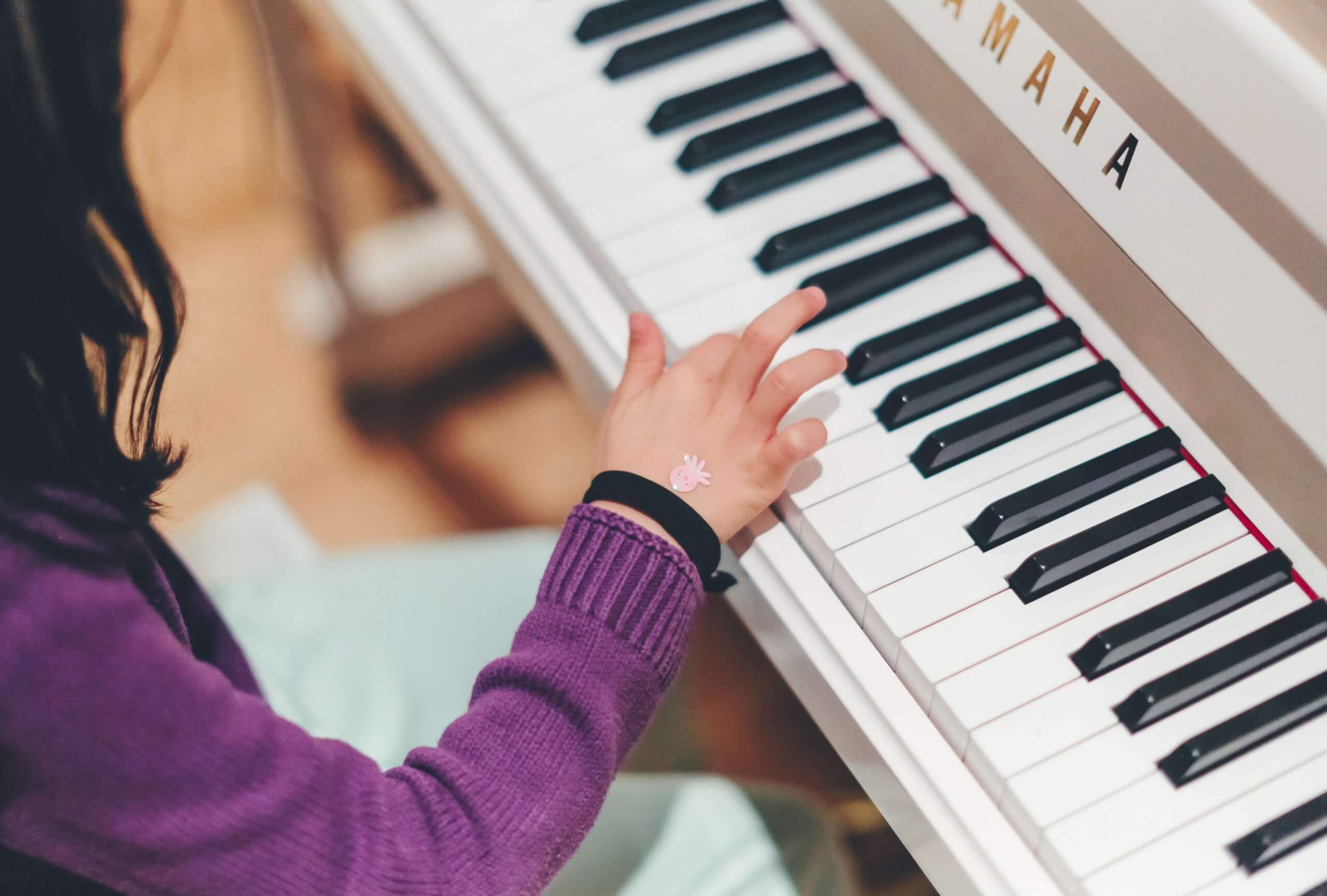Introduction
So, you’ve invested in a digital piano, and it’s become a cherished fixture in your home. Whether you’re a budding musician, a seasoned player, or simply enjoy the occasional melody, you want to ensure that your digital piano remains in top-notch condition for years to come. Proper storage when not in use is crucial to safeguarding your instrument from potential damage and preserving its pristine sound quality.
In this guide, we’ll explore the best practices for storing a digital piano when it’s not in use. From keeping it covered to controlling the environment and performing regular maintenance, we’ll delve into the essential steps to ensure that your digital piano stays in optimal condition.
Storing your digital piano properly not only protects it from dust, moisture, and other environmental factors but also maintains its functionality and appearance. By following these guidelines, you can prolong the lifespan of your instrument and continue to enjoy its beautiful sound for many years.
Now, let’s delve into the specifics of how to store your digital piano effectively, starting with the importance of keeping it covered.
Keep it Covered
When your digital piano is not in use, keeping it covered is essential for safeguarding it from dust, sunlight, and accidental spills. Dust can accumulate on the keys and within the internal components, potentially affecting the instrument’s performance and longevity. Sunlight exposure can lead to discoloration of the keys and the instrument’s body, while spills can cause irreversible damage to the electronic circuitry.
It’s advisable to invest in a high-quality piano cover specifically designed for digital pianos. These covers are typically made from durable, dust-repellent materials that provide a snug fit, offering comprehensive protection against environmental elements. Ensure that the cover is placed securely over the entire instrument, including the keys, control panel, and any exposed ports or connectors.
Additionally, if your digital piano is equipped with a music stand, consider removing any sheet music or books from the stand before covering the instrument. This prevents dust and debris from settling on the music stand and potentially affecting the keys or controls when the cover is removed.
By keeping your digital piano covered when not in use, you can significantly reduce the risk of dust accumulation and minimize exposure to potential hazards, ultimately contributing to the instrument’s longevity and performance.
Control the Environment
Creating an optimal environment for your digital piano is crucial in preserving its integrity and performance during periods of non-use. Environmental factors such as temperature, humidity, and air quality can significantly impact the instrument’s electronic components, keys, and overall functionality. Here are some key considerations for controlling the environment when storing your digital piano:
- Temperature: Digital pianos are sensitive to extreme temperatures. It’s important to store your instrument in a room with a stable temperature, avoiding exposure to direct sunlight, heat sources, or cold drafts. Fluctuations in temperature can lead to condensation and potential damage to the internal electronics.
- Humidity: Excessive humidity can adversely affect the wooden components and electronic circuitry of a digital piano. Invest in a reliable dehumidifier if you live in a humid climate, and consider using humidity control packets or devices designed to maintain stable humidity levels within the storage area.
- Air Quality: Ensure that the storage area is free from airborne contaminants, such as smoke, dust, and strong odors. If your digital piano is stored in a room with poor air quality, consider using an air purifier to maintain a clean and healthy environment for the instrument.
By controlling the environment in which your digital piano is stored, you can mitigate the risks associated with temperature fluctuations, humidity, and airborne particles, ultimately prolonging the lifespan and performance of your instrument.
Regular Maintenance
Consistent maintenance is key to ensuring that your digital piano remains in optimal condition, especially during periods of non-use. While the instrument may not be actively played, it still requires periodic attention to preserve its functionality and longevity. Here are some essential maintenance practices to incorporate into your storage routine:
- Keyboard Care: Periodically clean the keys and control surfaces of your digital piano using a soft, slightly damp cloth. Avoid using harsh chemicals or excessive moisture, as these can damage the key surfaces and control buttons. Gently wipe away any dust or smudges to keep the instrument looking and feeling fresh.
- Internal Cleaning: If feasible, consider having a professional technician inspect and clean the internal components of your digital piano on a periodic basis. Dust and debris can accumulate within the instrument over time, potentially affecting its electronic circuitry and sound quality. Professional cleaning and maintenance can help prevent issues caused by internal buildup.
- Power Management: When not in use, consider disconnecting the power supply to your digital piano to prevent energy consumption and reduce the risk of electrical issues. Additionally, if your instrument utilizes batteries, ensure that they are removed to prevent potential leakage and damage to the internal battery compartment.
- Regular Inspection: Take the time to visually inspect your digital piano for any signs of wear, damage, or irregularities. Check for loose keys, damaged connectors, or unusual noises when the instrument is powered on. Addressing any potential issues promptly can prevent further damage and maintain the instrument’s performance.
By incorporating regular maintenance practices into your storage routine, you can ensure that your digital piano remains in top-notch condition, ready to deliver beautiful music whenever you decide to play.
Conclusion
Properly storing a digital piano when it’s not in use is essential for preserving its longevity, performance, and aesthetic appeal. By implementing the best practices outlined in this guide, including keeping the instrument covered, controlling the storage environment, and performing regular maintenance, you can ensure that your digital piano remains in optimal condition for years to come.
Remember, investing in a high-quality piano cover and storing your instrument in a controlled environment free from extreme temperatures, humidity, and airborne contaminants can significantly contribute to its well-being. Additionally, incorporating regular maintenance practices, such as keyboard care, internal cleaning, power management, and visual inspections, can help prevent potential issues and keep your digital piano in top-notch condition.
By taking proactive steps to store and maintain your digital piano, you can continue to enjoy its beautiful sound and functionality whenever you’re ready to play. Whether you’re a dedicated musician, a casual player, or simply appreciate the presence of a musical instrument in your home, proper storage and maintenance will ensure that your digital piano remains a cherished and reliable asset for years to come.
So, as you prepare to store your digital piano during periods of non-use, remember to keep it covered, control the environment, and incorporate regular maintenance into your routine. By doing so, you’ll safeguard your instrument and set the stage for many more delightful musical moments in the future.







